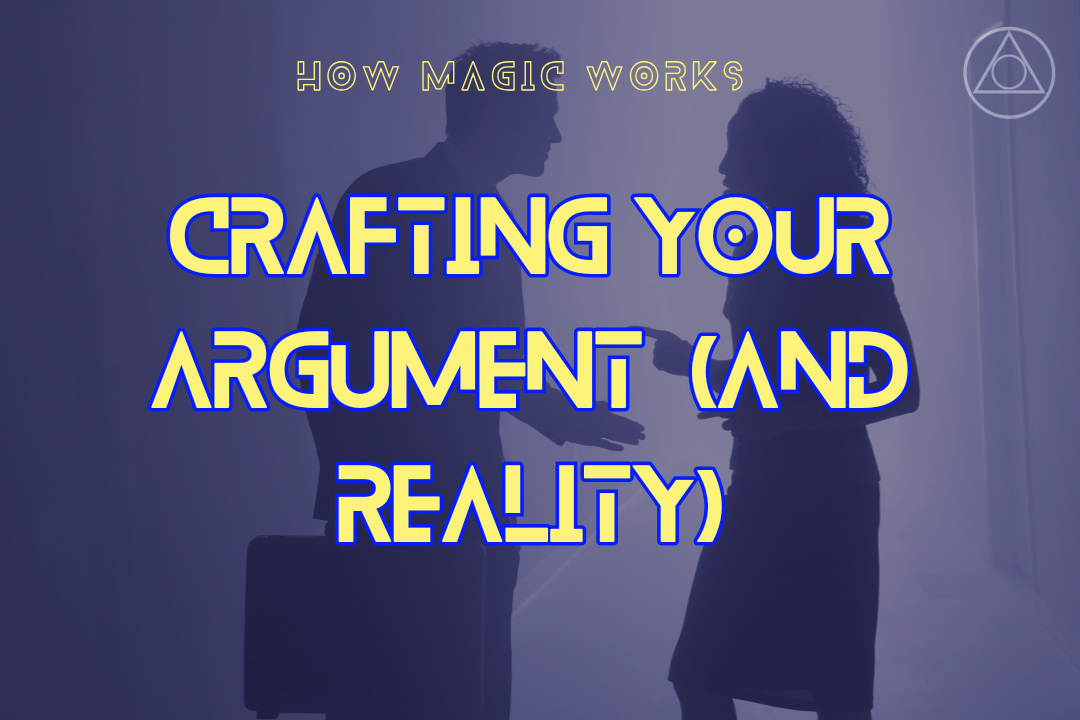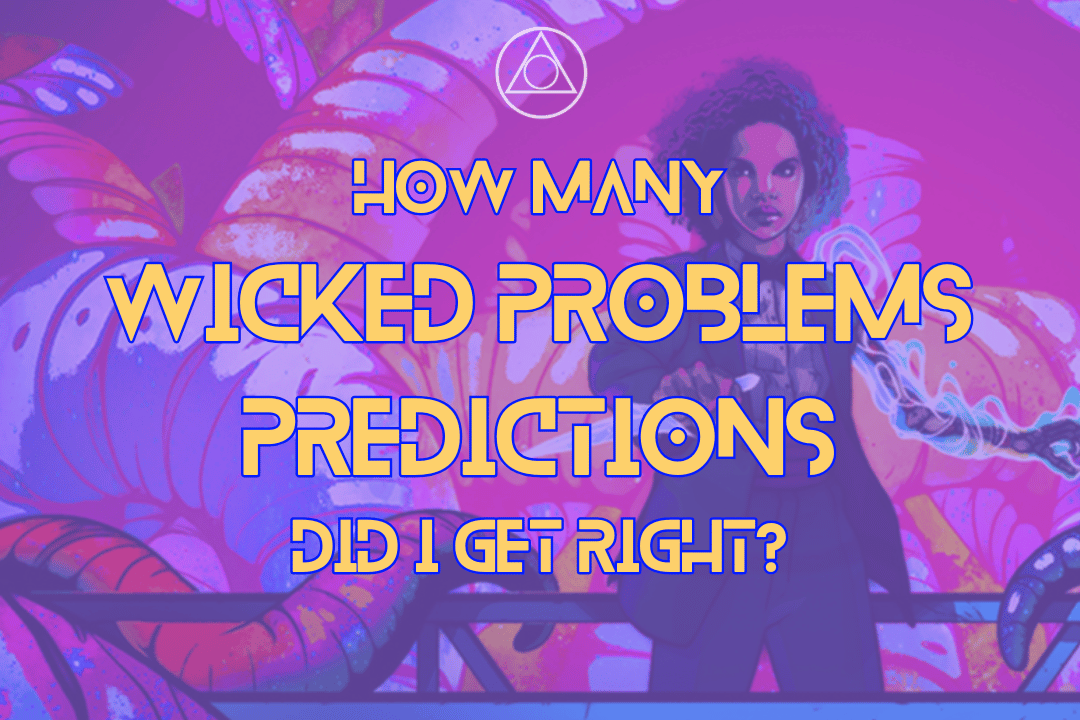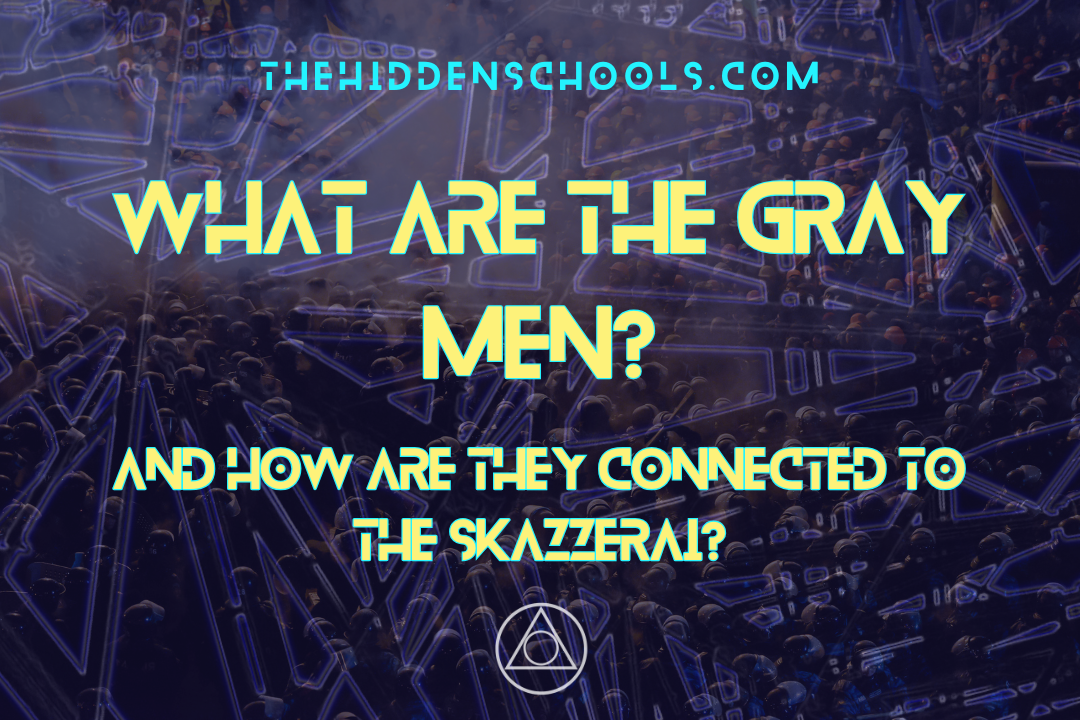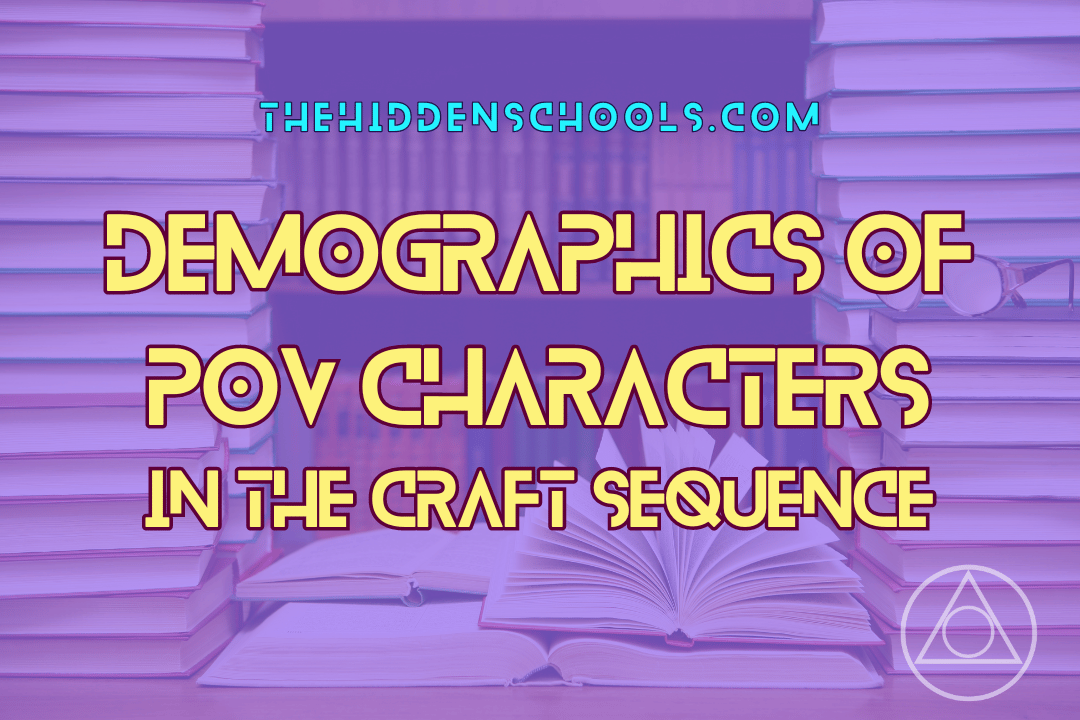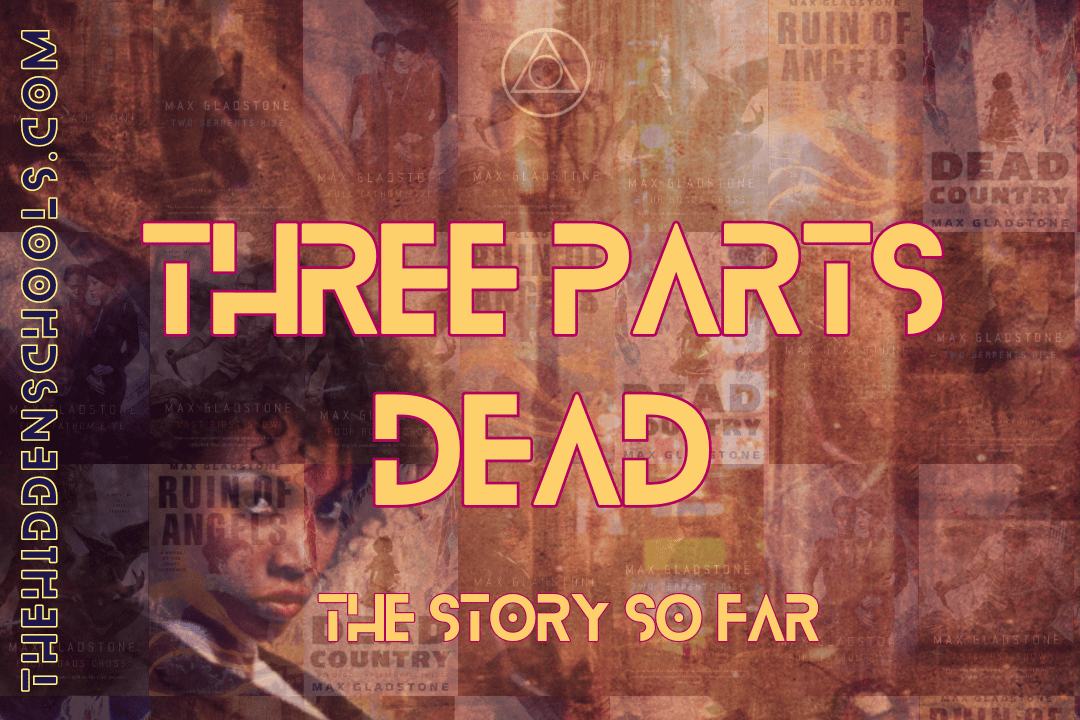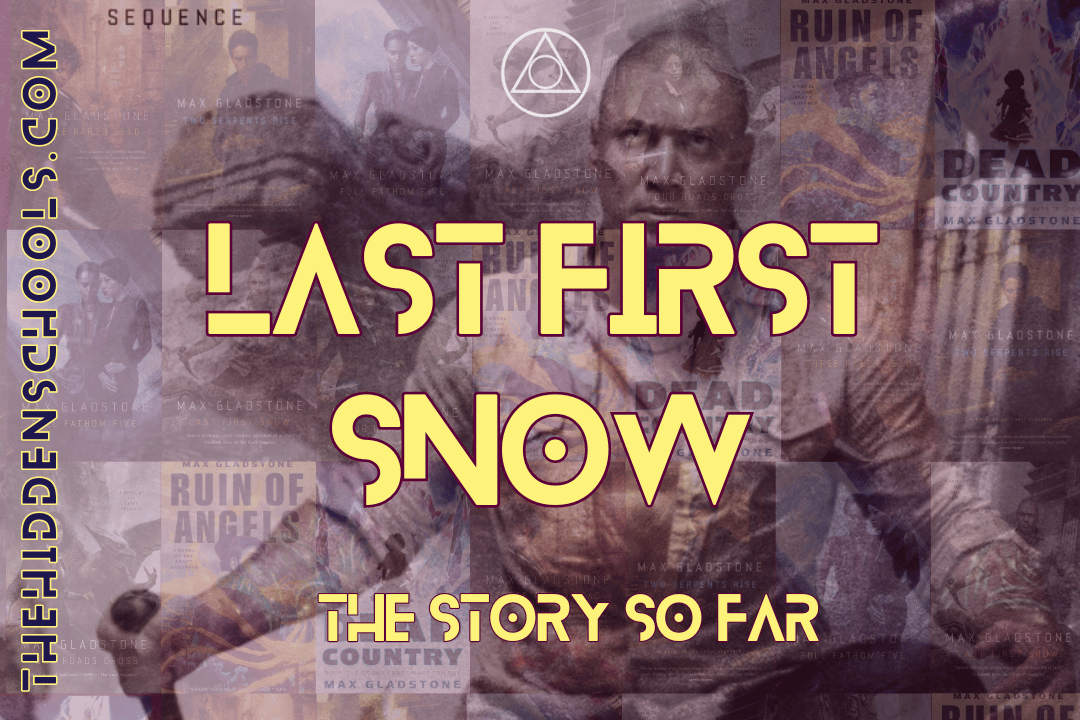Everything we know about Craft Sequence VAMPIRES
“Vampires were creatures of Craft, their life in daylight traded for strength at night, their death for hunger, their satiety for senses more acute than mortal imagination. Folks in Edgemont feared vampires because they looked like people until it was too late, but to Tara’s eyes their twisted souls shone.”
I don’t know about you, but I was a bit taken aback by the existence of vampires when I first read the Craft Sequence. For some reason, they didn’t quite fit into how I understood the world of the series - even though we meet a vampire fairly early on in Three Parts Dead (3PD), Captain Raz Pelham of the Kell’s Bounty. Raz is a vampire pirate - vampirate, a word I am determined will catch on - and vampires seem relatively commonplace in Alt Coulumb. Another major character, Cat Elle, is addicted to the high from being bitten by vampires, and there are many vampire friendly establishments in the city.
Great, okay, I’ve reconceptualised my vision of the world and vampires are a key part.
Except… they don’t show up anywhere other than Alt Coulumb. We see vampires through the lens of Raz, who has a history with Elayne Kevarian (in fact, we discover she made him a vampire with Craft when some unknown incident almost took his life 40 years ago), and is unknowingly entangled in Denovo’s plot to kill Kos and take His place. Raz returns as a major player in Four Roads Cross (4RC), working closely with Cat to take down drug smugglers, and ultimately helping save Seril through a deal with underwater vampire clans.
And that’s pretty much it. Virtually everything we learn about vampires is in these two books, based around Raz’s knowledge and other characters’ interactions with him. Vampires are fairly common in Alt Coulumb - common enough for Cat to have an addiction to vampire bites and struggle to find Raz amongst all the vampire haunts in the city. Yet, outwith Alt Coulumb we don’t really see vampires anywhere through most of the series. No sign of vampires in Dresediel Lex, none in Kavekana, not a hint of them in Agdel Lex or Alikand. A friend of mine suggested that’s because these places are sunnier, but I’m not sure.
I was always planning on writing this article, probably part of a broader non-human beings in the Craft Sequence along with demons and Scorpionkind. And then I read Wicked Problems.
No plot spoilers here, so this is safe to read if you’re yet to finish the book.
(Also, usual disclaimer - my ebook copies don’t all have page numbers, so some quotes have chapter citations instead).
What do Craft Sequence vampires look like?
As seen in the quote above, vampires largely look like ‘normal’ people. When Tara first sees Raz up close she notices fangs peeking out when he smiles and that his eyes are different - “the colour of a dried scab, and deep as an ocean trench” (3PD 35). We also later find out that Raz has built up a tolerance to the sun, with his “skin burned brown as old leather by exposure.”
So, Craft vampires don’t have the inhuman beauty you often read about in modern vampire books, but neither are they the sallow long-nailed corpses of older myths. Visually, they are more or less as they were in life other than the fangs and the eyes.
HOWEVER, we do hear reference to a vampire (called Brad, because of course there’s a Craft Sequence vampire called Brad) “letting himself go” “full out with the claws and everything” (4RC, chapter 21). This shows that vampires can look more inhuman, seemingly when they give into their bloodlust. This phase is likely not seen very often, as vampires who go on bloodthirsty killing sprees will promptly be killed themselves. We definitely haven’t seen Raz with claws.
What powers and weaknesses do Craft Sequence vampires have?
Tara explains a pretty basic trade-off for vampires: you can’t go out in the day, but you’re strong at night; it’s really hard to kill you, but you’re hungry all the time; you never feel full, but your senses are unimaginably acute (3PD 124).
We see the difficulty in killing Raz in both books he features in. When overtaken by Justice, Cat breaks Raz’s neck; he’s alive, but unable to heal until Tara puts his bones back into place, at which point his body takes over (3PD 273). Later Raz is on fire (he’s on fire a lot), which is damaging to the point of him falling unconscious, but once Tara extinguishes the flames he is intact and able to heal (3PD 300).
Not going to lie, I’m a bit confused about some of the burning in sunlight and building up tolerance kind of thing. We hear that “weak vampires burst into flame in the sun, feared it like humans feared acid or spiders. [Raz] had built up a tolerance, which took power, grit, and practice at enduring pain” (3PD 217). Yet, in Four Roads Cross, he does in fact burst into flames in the sun. He survives it, but he definitely bursts into flame:
“She opened the blackout curtains, pulled up the slat blinds […] And she smelled–burning?
Behind her, someone screamed.
She turned just in time to see a reddish blur streak from her couch to bedroom. By the time the bedroom door slammed, the rest of the night had caught up with her.
…
She opened the window to let out the smell of burning skin, and tugged the blackout curtains shut. “Raz?” She ran to the bedroom door. “Shit, Raz, are you okay?”
The door opened a crack, and a red-brown eye peered out. Above that eyes stretched a charcoaled forehead, regrown skin wet and tender beneath the blackening and cracks.”
Sure, Raz survives the burning skin but it definitely still immediately burns then flakes off with new skin growing, so I’m not certain how he built up tolerance and burned as dark as old leather if he bursts into flames the second sunlight hits him.
That being said, he can still fight while on fire, which is pretty badass (see 4RC chapter 6).
(ALSO, is it just me or did Raz change races / nationalities between books? In 3PD he’s referred to as an Iskari [read: white European] sailor, and his skin is brown because of tanning. In 4RC he’s explicitly Dhisthran [read: South Asian], and Dhisthra isn’t even mentioned in 3PD. I’m assuming this is a retcon but I wanted to point it out. He could easily be mixed race or there’s some kind of European empire in Dhisthra, but to have a British name he’d need to be Camlaander rather than Iskari, which is later almost exclusively French adjacent. Yes this paragraph started as an entire blog post 2 years ago that I never finished.)
It’s not just a vampire’s skin that burns and regrows. When Raz looks out a window into daylight in Four Roads Cross he burns his eyes, and cries blood tears (chapter 6).
Yet, as Tara said, it’s all a trade. It’s damn hard to kill a vampire. Raz survives burning sunlight, holy fire, a Craft battle over his mind, a broken neck, demons attacking him, and a slit throat - and that’s just in the two books we’ve seen him in.
“You really should let me know what can kill you.”
“I’m.” His first try was wet and windy at once. He spit blood onto the pavement. “I’m not exactly sure. Extended sunlight, probably. Decapitation. It’s not like there’s a manual.”
We also see that Raz can move incredibly fast when he wants to, to the point that he “blurred round the edges” (4RC Ch 30). He is extremely strong, able to snap a demon’s head off in midair, when most people can’t even scratch a demon’s skin (4RC Ch 34). Drinking a tiny bit of blood from Cat when he’s badly injured allows him to get up and stumble home (4RC Ch 35) despite being previously nestled in rubble and automatically breathing because his body his so badly stressed.
When he gains ultra-vampire powers from the vampires under the sea (coming back to that in a later point, promise) he feels power flow through him and time slow. He can flick demonglass and have it shatter, its sharp edge barely dimpling his skin when it previously sliced into him (4RC Ch 68). This is definitely not ‘normal’ vampire level, but it’s evidently possible.
How are Craft Sequence vampires made?
Although we never see a vampire be turned, we do learn of a couple of different methods, all of which ultimately come down to the same point: the person becoming a vampire has to agree to it. This is fundamental, we learn from Tara:
“Don’t look at me like that. It’s not as if I chose this.”
“You did,” she noted. “Vampiric infection won’t work unless you accept it.”
“Better unlife than death, as your boss said when she gave me the option. I suppose you’re right, though. I made the choice, even if it didn’t seem like a choice at the time, and its consequences have leapt in and out of my wake ever since. Like dolphins.”
The three methods we are aware of (or, rather, two methods we’re told about and one we can extrapolate) are:
Being bitten by another vampire. Vampirism is described as an infection, and presumably vampires can therefore infect a (consenting) person, who then becomes a vampire themselves.
Being turned by the Craft. This is how Raz became a vampire, and it seems less common judging by how other vampires seem to desire Raz to join their clan and become the father of a fresh line of vampires.
The ‘curse’ showing up on its own.
Wait, what do you mean ‘curse’? What actually IS vampirism in the Craft Sequence?
As well as being called an infection, we also hear of vampirisms as “the curse” and “the sucker’s deal.” We see this in a non-spoilery (promise) paragraph in Wicked Problems:
“Tara had seen people with the curse before, of course. One of her best friends back in Alt Coulumb had it, and so did at least four professors at the Hidden Schools, though no one had ever been sure about Professor Amano. You found people experiencing vampirism in any city large enough to present a feeding pool. Like any predator, they spent most of their lives starving.”
First, an aside - people experiencing vampirism is a hilarious phrase, and I love that Gladstone included it.
Second, this shows us that vampirism is pretty damn common - yet, we have seen very few in the series thus far. Where are they all?
Third, despite vampirism being so common, the words associated with it are negative - curse, infection, sucker’s deal.
I’m not sure whether Gladstone intends for us to take curse as meaning a magical curse placed upon people who become vampires, or a curse in the way that I would consider myself cursed with migraines. Likely both. That’s less important than what we learn vampirism, curse or not, actually is in Craft Sequence terms.
The curse works the same way as most of the Craft – exchange.
“I need what you have, the way you need air. For most suckers that settles the question. Blood’s a resource, like water or oil, and like water or oil, the people who need it do whatever they need to get it. That attitude ignores the why of the condition.”
“Okay,” she said, meaning, go on. He did, with arms crossed.
“I only know so much theory, but here it is. When you take the curse, it seals your soul and self. The curse stops change. That’s why my hair grows back if it’s burned off, why my muscles don’t tire. But the seal makes it hard to take soulstuff in. Humans, you get paid or eat a good meal or meditate and you draw the world into yourself. We don’t. This is how we refill.” He pointed to his mouth. “The curse is thousands of years older than Craftwork, but the idea’s the same. Imagine if the only way you could connect with the world was to steal it from someone else.”
“But you don’t.”
“I use tricks. The Bounty has its own soul, and we share. There are other ways, which boil down to knowing the other person well, so you can accept and trade, rather than just taking. That’s why it felt different.” He stopped. “Feeding makes a connection between us. The curse wants it to be one-way. I can force it back. At Andrej’s, when you—surprised me, it felt so good, and I wasn’t ready. The curse took over. I freaked out.”
“Then you blamed me for it.”
“That was an asshole move on my part.”
“Yeah,” she said. “Why fight what you are?”
“Because the curse isn’t me. I’m what I was before, only the curse tries to make me something else. It’s old, and it’s had a lot of time to learn how to make people see other people as food. Most suckers don’t last fifty years. They go mad, or get killed, or sleep their lives away. Or they walk out into the ocean and never come back.”
“I haven’t heard that one before.”
“We don’t talk about it much,” he said. “I don’t like any of those options. I’ve walked the line for decades, but I still slip.”
A point to note here is how Raz refers to the curse as something separate and distinct from himself. Not in an “I am more that my illness” kind of way, but in a way that ascribes some kind of sentience to the vampirism itself. “It’s old and it’s had a lot of time to learn how to make people see other people as food.”
Not creepy at all.
But how old is the curse? What’s the history of vampirism in the Craft Sequence world?
The legions of High Telomere
Vampirism goes back to at least High Telomere, AKA Craft-Sequence-Ancient Rome.
“Do you remember what happened to High Telomere, to the Empire?”
“Cult, or something,” she said at last. History was a stuffy schoolroom a decade gone—more than that, gods—with big Mrs. Askel pacing through pillars of sunlit dust. “Took over the Empire. Expanded. Fought Schwarzwald tribes. They allied, invaded back, broke Telomere to pieces.”
“Burned the topless towers,” Raz said, “tore temples stone from stone and sank the stones into the Midgard Sea. You can still find them, if you dive.”
“We’re two thousand miles from the Midgard. I don’t think there were any Telomeri temples here to sink.”
“Do you remember anything else about the cult?” he asked.
“Usual sort of accusations people level against folk they don’t like. Eating flesh. Drinking blood. Raising the dead.” She blinked. “No.”
“The sucker’s deal,” Raz said, “shows up on its own every few centuries. Elayne says it’s baked into our species, though that sounds like what Crafty folk say when they don’t want to admit they don’t know the answer.”
In the official world timeline found in the German edition of the books (and translated here by yours truly for your ease), the “rise of the Immortal Faith” began around 492 years before the common era, with the fall of the Telomeri Empire marking year 0 of the way the Domain counts years. The series takes place near enough 1500 years later; thus, if we assume the Immortal Faith is vampirism (more on that later in this section) vampirism is at least 2000 years old.
Tara tells us a bit more in (a non-spoilery paragraph of) Wicked Problems:
“Two thousand years ago the Telomeri Empire caught the Stoneworker and bound him and staked him out in the desert to see the sunrise. He burned. But a change came over the legionnaires when his ash caught in their throat. From that moment, as the sun hid its face, the Undying Legions marched until, on a barren northern shore, the empire’s last surviving foes cast their desperate appeal for salvation into the deep.
The legions had lost in the end. The accursed faithful had been cast into the water, and there waited, in the depths, dreaming apocalyptic dreams.”
I’m pretty certain this is the first time we’ve heard reference to ‘the Stoneworker’. Given the time period and faux-Rome of it all, I wonder if he’s supposed to be something of an analogue to Jesus Christ - Gladstone often uses real world religions and mythologies as a basis for those in the Craft Sequence - but I could be persuaded either way.
Whoever the Stoneworker was, his death led to the birth of a legion of undying vampires. Was he the first vampire? Or is vampirism older, and the Stoneworker only the first modern vampire? At the end of Four Roads Cross, Raz has this to say about the curse:
“The thing to which I just joined myself —it’s very old. Older than gods. Nothing lasts this long unless it’s quite simple. You know that joke, that there are two kinds of people in the world, the ones who think there are two kinds of people and the ones who don’t? This is the former. As far as it’s concerned the whole world’s made of things it’s eaten, and things it hasn’t yet.”
“Older than gods” means most definitely older than 2000 years. Gods date back to the dawn of humanity, we see in the series. If the curse, the chain of vampires to which Raz welds himself at the end of Four Roads Cross, is older than gods, it didn’t start with the Stoneworker.
So where are all the vampires?
Well, a lot of them die. Raz says most don’t last 50 years. But we get the chance to meet some older vampires in Four Roads Cross - perhaps even some of the Undying Legions.
“It’s a good life down there, if you don’t need this one. Dark and cool, with likeminded company. And there’s plenty in the sea that bleeds.”
Vampires don’t need to breathe. They burst into flame in sunlight. They are starving, and constantly pulled by the curse to eat more. Under the sea is a pretty perfect place for such a people. It seems that the oldest vampires all go down beneath the waves, forming communites - or blood cults, like the original vampires of High Telomere.
Raz agreed to go down in exchange for the cult’s strength to defeat the forces arrayed against Seril and Kos, but was pulled out of the deal by Cat offering him asylum in Seril’s name. He cannot, however, now leave Alt Coulumb – or at least, can’t leave Seril’s protection. Whether that means Seril can transport him around the moon roads the way she does Tara in Four Roads Cross and the end of Dead Country, and her amusing intercessions in Wicked Problems, or if he is geographically trapped is as yet unclear.
How will vampires play into the endgame?
I promised no spoilers, so if you’ve read Wicked Problems you may find this section rather lacking updated context. I might do a spoilerific sequel, see how I feel and how well this article does.
So, instead have a list of things we know about the future of the Craft Sequence and how vampires may fit in:
The skazzerai are coming, and they’re hungry.
Vampires are already here, under the sea, and they’re also hungry.
The skazzerai are in space (dark, cold, no air) and the vampires are underwater (dark, cold, no air)
The vampire curse is ancient – was it around the last time the skazzerai came?
Are there any vampires old enough to remember the skazzerai?
Are vampires somehow connected to the skazzerai? Was something left behind in ancient times that either turned the first humans into vampires, or became twisted into the vampirism curse by magic?
Or will the skazzerai and vampires be enemies? Both hungry for a limited food source?
Whatever the eventual answer, we’ve got too many details for this to be coincidence. Gladstone plays the long game, and by the time of writing Four Roads Cross had figured out at least a rough direction for the series to go in. The first mention of skazzerai comes shortly before this book (in publication order), and suddenly he starts expositing on vampires?
I don’t believe it’s a coincidence, and I do think we’re going to get some clarity on how vampires will play into the endgame in the rest of the Craft Wars series.
But until then, this is everything we know about vampires in the Craft Sequence.
What do you think? Let me know - and don’t forget you can subscribe to be the first to hear about new articles and fun projects in the pipeline. Like what we do here? Tips welcome on ko-fi to help pay for the site!


